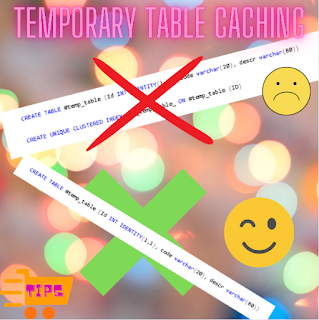Databases and surroundings: Wikidata, SPARQL & Scarlett Johansson

Hi Guys, Welcome to this a bit off topic post. I must admit I am a huge fan of wikipedia. Wikipedia is free multilingual online encyclopedia born with the intent to collect all human knowledge. But not only is it free and multilingual, it is also collaborative. Anyone can contribute according to certain criteria. If Wikipedia aims to collect all the human knowledge, there is also a parallel wiki that instead aims to catalog all this knowledge. We are talking about wikidata . Like Wikipedia, Wikidata is also a free and open knowledge base that can be read and edited by humans and machines. In addition, Wikidata serves as a central repository for the structured data of Wikimedia projects, including Wikipedia but also Wikivoyage, Wiktionary, Wikisource and others. Returning to practical, for example, every page of wikipedia is linked to an element of wikidata. Wikidata is therefore responsible for cataloging all this information through a series of properties and ...



